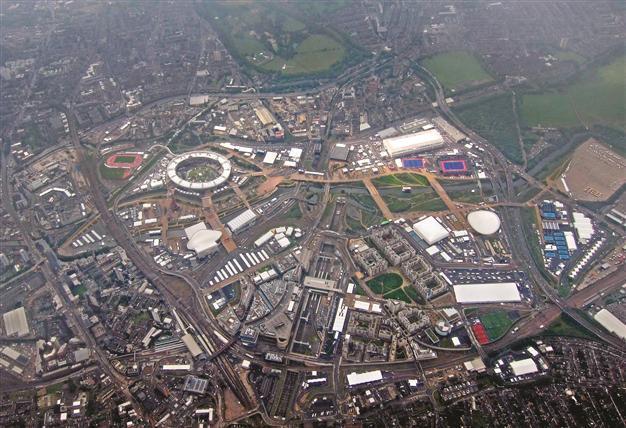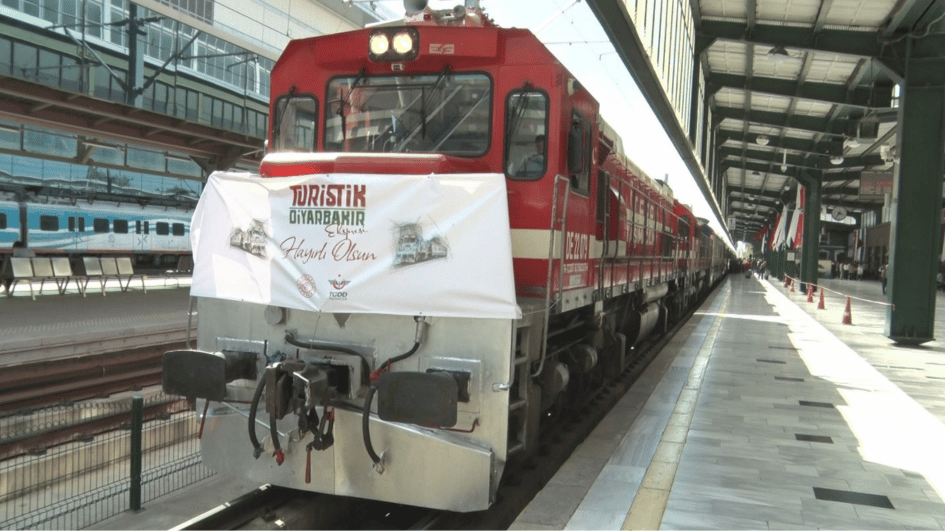What’s in London 2012 for the locals
Emrah Güler ANKARA - Hürriyet Daily News

The UK conceived the 2012 Olympic Games as an opportunity to draw East London out of its state of economic deprivation as the 11th-poorest area in the country. REUTERS photo
The time has come for London to write modern Olympics history, as it becomes the first city to have hosted the Games three times, previously in 1908 and 1948, with the second London Games coming after a long pause in the Olympics in the aftermath of World War II. The iconic sporting event, coupled with the “Cultural Olympiad” that is the London 2012 Festival, will no doubt make its mark as the biggest global event of this year.But perhaps the real impact of the Games for the people of Britain, and more specifically for Londoners, will become clear with the test of time. It will take time to tell whether the prime minister’s aspiration for the Olympic legacy, to “make sure [it] lifts East London from being one of the poorest parts of the country to one that shares fully in the capital’s growth and prosperity,” will come true.
Seven years ago this month, London was announced as the host of the 2012 Summer Olympics, beating Paris in a close race. The celebrations were cut short by the 7/7 bombings the next day, but one of the U.K.’s biggest redevelopment and regeneration projects was soon in full swing.
Along with hosting the greatest sporting event of modern history, expected to multiply global interest by being the first Games in the age of social media, the U.K. conceived the 2012 Olympic Games as an opportunity to draw East London out of its historical state of economic deprivation as the 11th-poorest area in the U.K. Money has been pouring into the East London borough of Newham, where the Olympic Park was built on a tract of land between Hackney Wick and Stratford, as well as the boroughs that border the Park: Tower Hamlets, Hackney, Greenwich and Waltham Forest.
More green areas
The area where the Olympic Park was built was an obvious choice for two reasons. One, it was a vast area of land mostly consisting of brownfield sites that could benefit from redevelopment, but also the nearby greenery of the lower Lea Valley provided the perfect location for a park of such a scale. And secondly, the area was ideal for transportation, with underground and train stations, including the new Stratford International Station for coaches connecting London to continental Europe, making it a great transportation hub with little effort.
The Olympic Village, housing thousands of athletes and members of Olympic Committees from around the world, will house 3,600 families after the Games end. The Olympic Park is one of the biggest urban parks built in Europe in the last 150 years. Around half a million trees have been planted in the area, and the natural river system of the valley was restored, offering birdwatchers and ecologists three hectares of wetland habitat in the future. For many, the project is an environmentalist’s dream, along with the facts that 90 percent of the material used in the Olympic Park is recyclable.
















